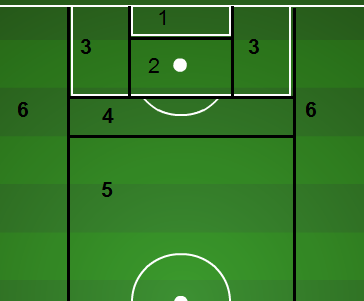A little information on: PDO
/With the holiday behind us we can once again start to return to the business at hand. The half-way mark is upon us and MLS has given us an exciting and very tight race across both the Western and Eastern conferences. With that comes another week of podcasts. #AnalysisEvolved. This week we plan on talking a bit about a statistic by the name PDO. Unlike how you might imagine most statistic names coming about, or things with three random letters, this is not an acronym. It's pronounced how it's sounds.
Originally a hockey metric, PDO is simply the sum of save percentage and scoring percentage, then multiplied times 1000. The rest of the history as it applies to soccer isn't necessarily important.
A great introduction to the idea and how it applies to the sport is given by Tyler Dellow of mc79hockey.com, and there is another introduction on the site Pension Plan Puppet by one "Skinny Fish."
Both sites give examples of how PDO can potentially isolate a team's performance over the course of a season and compare those to past performances, various incarnations of the team, and of course, other teams.
I can't directly attribute who was the first to apply the team analysis to the sport of soccer(Grayson confirmed he was the first...). But the oldest article I can find referencing its usage within the sport comes from the ever-smart and sophisticated Canuck, James Grayson. His series of introductions to the metric is linked below.
Along with an explanation of the stat and some information about how it regresses to the mean---because it's fantastic at doing that---there is also a bit of information about how it can be used to compare different clubs to one another.
Basically, it comes down to being one of the best methods to determine the barometer of a team. While we can look at point totals and standings in the table, PDO can reasonably tell us if a team is over performing or under performing.
I'm not in any way an expert on this stat. There are of course some occasions were you may run into issues with trying to apply it to a specific scenario, and I could point anyone in search of more answers on the subject in better directions than toward myself. I could easily name about a dozen or so people that are much more versed in this metric than I am.
However, since we were going to take about it on our podcast this weekend, I wanted to give the reader/listener an opportunity to find some quick and easy references to the material before hearing us talk about it this weekend.
I'll have an updated PDO standings for you all tomorrow which will lead into our discussions on Saturday.






